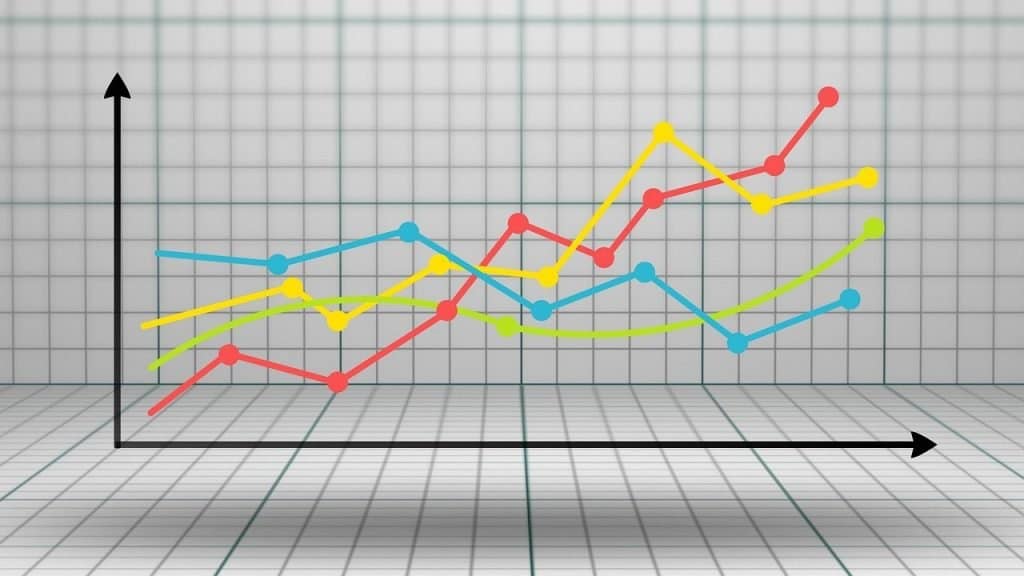Total Average Cost of Sales (TACoS) is among the key metrics you will find on your Amazon reports. Understanding your TACoS can be the difference between wasting efforts on non-strategic campaigns and making the most out of Amazon Ads.
In this article we will share with you the basic concept behind TACoS. We’ll also learn how you can use this metric in your Amazon sales strategy.
What is TACos and Why Should Amazon Sellers Care?
TACoS stands for Total Average Cost of Sales. It is a key performance indicator (KPI) that analyzes the relationship between paid ads and sales performance within a specified timeframe. TACoS measures how much you’re spending in relation to how much revenue you’re earning.
In other words, TACoS reveals the precise ratio of advertising cost to the total sales generated as a direct result of your marketing efforts. This ratio serves as an indicator of the portion of sales revenue channeled towards advertising costs.
TACoS is a critical compass guiding a seller’s advertising strategy on Amazon. By monitoring TACoS, marketers gain unparalleled visibility into the efficacy of their ad spend. With such insights, they can make data-driven decisions and optimize their campaigns to amplify their profitability.
ACoS vs TACoS: Amazon Advertising
TACoS and ACoS on Amazon are two distinct metrics with unique roles in the realm of Amazon Advertising.
- TACoS serves as a comprehensive metric that unveils the efficiency and profitability of ad campaigns over a specific time frame .
- ACoS (Advertising Cost of Sales) zooms in on the specific relationship between ad spend and attributed sales.
ACoS divides the total ad spend by the sales directly linked to ad campaigns. The result provides a focused perspective on the effectiveness of individual campaigns or products.
Advertisers aspire to achieve a lower ACoS percentage, as it signifies heightened profitability, and the ability to convert advertising investments into tangible sales.

Calculating TACoS (and ACoS)
If you want to figure out your Total Advertising Cost of Sale, you need two important values:
- Total ad spend total advertising spend
- Total revenue generated from your ad efforts
Here’s the simple math: divide your ad spend by the total revenue. Then, take that result and divide it by 100 to convert it into a percentage.
TACoS = ( Total Ad Spend / Total Ad Revenue) / 100
The result determines how much you’ve spent on an ad in relation to your total revenue. The higher the number, the more money you’re taking out of your revenue to spend on the ad.
Now, to calculate your ACoS, you just need to change one element in the formula:
ACoS = (Ad Spend / Ad Revenue) / 100
As you can see, TACoS considers total revenue and ad spend, respectively. In contrast, ACoS only considers the ad spend and revenue for a single product, eliminating the “total” from the picture.
What Makes a Healthy TACoS?
To get a “healthy” TACoS, sellers must find a ‘sweet spot’ between efficiency and profitability. While there isn’t a one-size-fits-all number, understanding some key factors can help determine what’s considered an ideal TACoS on Amazon.
Most brands aim for a low TACoS percentage. That means you’re getting more bang for your buck, with a higher return on investment (ROI) from your ad spend. In short, you’re generating more sales revenue in relation to the amount you’re shelling out on ads.
Some of the main indicators that you should spot right away when evaluating TACoS include:
- Decreasing or low, flat TACoS: The advertised product is getting more sales or a good, steady volume of sales. Organic sales may also be improving in conjunction due to an increase in brand awareness.
- Increasing TACoS: You’re spending more on ads, but your organic sales are not increasing at the same rate.
- Increasing TACoS and ACoS: This tends to happen whenever you start selling a new product and set up an ad campaign to drive sales. The increased ad spend will raise both TACoS and ACoS. While this is not ideal, it’s still acceptable as you’re promoting a new product.
To figure out if your TACoS is healthy, you’ll want to keep an eye on the numbers. Monitor your data, analyze it, and compare it to industry benchmarks. That way, you can see how you stack up against the competition and make smart decisions to optimize your Amazon advertising strategy.
5 Tips to Improve Your TACoS
Below, we list 5 essential tips that you should implement if you want to get a TACoS that’s healthy, and that provides long-term benefits for you.
Master the A9 Amazon Algorithm
The Amazon A9 algorithm determines the rank in which products appear on Amazon search. Amazon keeps most of its inner workings under wraps. However, certain aspects are widely recognized and play a significant role in ranking products.
The A9 algorithm tends to favor listings that exhibit text-match relevancy, demonstrate strong sales velocity, feature competitive pricings, and remain in stock. FBA listings also receive an additional boost in ranking.
Get Customer Reviews
Great reviews make for appealing product listings. In fact, positive reviews could make or break a deal between your brand and the customer.
Amazon knows that potential shoppers value feedback before making a purchase. That’s why the marketplace hosts an exceptional customer review system.
If you want to build a strong foundation to achieve long-term success on Amazon, make sure to provide the best service you can. In doing so, customers will have a great buying experience, and they’ll feel encouraged to leave a positive review.
Optimize your Listings
Focus some of your efforts on listing optimization. Create Compelling listing titles, upload high-quality product images, and provide concise yet comprehensive descriptions. These elements are vital foto boost the SEO success of your product listings.
You can also take advantage of Amazon’s A+ Content (formerly Enhanced Brand Content). This feature enhances your listing optimization. You’ll be able to boost their visual appeal to attract more customers.
Run Promos with Long-Term Results in Mind
When it comes to promotions, we recommend adopting an approach that balances short-term gains with long-term sustainability. While seller promos can undoubtedly give your sales a boost, it’s crucial to use them efficiently and sparingly to ensure lasting results.
Promotions typically involve offering discounts to make your product more appealing to customers. While this can increase sales velocity in the short term, it’s important to consider the potential trade-off of earning less per sale.
Therefore, it’s essential to approach promotions strategically, keeping the long-term impact in mind.
Combine Organic and Paid Efforts
While ads can attract new customers, it’s not sustainable to rely only on it due to the associated costs. However, you can prioritize organic traffic on and off Amazon. In doing so, you’ll tap into a larger pool of potential customers.
Final Thoughts
Now that you know what TACoS is, you can determine when and where you need to restructure your paid advertising strategy.
But remember that before jumping into paid options, you need to have the right marketing strategy in place.
If you need to improve your TACoS on Amazon, make a head start with our advertising services today.
Author




